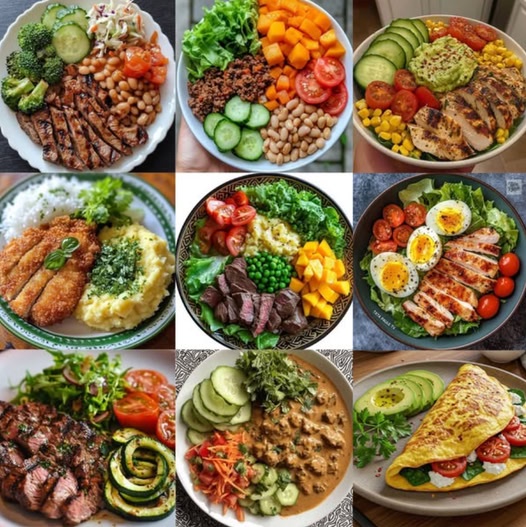Balancing Blood Sugar: Top Foods for a Healthier Diet
Struggling to manage blood sugar levels through diet? For many, finding the right foods to support healthy glucose levels can seem like a daunting task.
Understanding the Challenge of Blood Sugar Management
For countless individuals, maintaining balanced blood sugar is a daily concern, especially for those managing diabetes or prediabetes. According to the Centers for Disease Control and Prevention (CDC), as of recent estimates, approximately 34.2 million people in the U.S. have diabetes.), and about 88 million adults have prediabetes. These numbers underscore the widespread nature of the challenge.
Blood sugar levels can fluctuate due to a variety of factors, including diet, physical activity, stress, and even sleep. Diet, however, plays a pivotal role in managing these levels. High glycemic foods, for instance, can cause rapid spikes in blood sugar, whereas foods with a low glycemic load promote a more gradual increase.
Balancing blood sugar is not just about avoiding certain foods but also about incorporating those that can aid in stabilizing glucose levels. This requires understanding and integrating nutritional choices that both satisfy and support a healthier diet.
Nutritional Choices to Support Healthy Glucose Levels
To truly harness the power of your diet for blood sugar management, focus on integrating foods that provide steady energy without dramatic spikes and falls. Here’s how you can optimize your dietary choices for better glucose management:
Key Foods to Consider
Whole Grains: Unlike refined grains, whole grains contain fiber that helps slow digestion and release of glucose, helping to keep blood sugar levels stable. Examples include oats, quinoa, barley, and whole-wheat pasta.
Leafy Greens: Vegetables like spinach, kale, and collards are low in carbohydrates and calories but high in fiber, vitamins, and minerals. They support overall health and help maintain stable blood sugar levels.
Nuts and Seeds: Almonds, walnuts, flaxseeds, and chia seeds offer healthy fats, fiber, and proteins that can buffer sugar spikes.
Legumes: Lentils, beans, and chickpeas provide slow-digesting carbohydrates and are rich in protein and fiber, making them excellent for glucose management.
Berries: Known for their high antioxidant content and fiber, berries like blueberries, strawberries, and raspberries can satisfy sweet cravings without causing blood sugar distress.
How These Foods Help
Incorporating these foods provides a steady source of energy, balances insulin levels, and reduces the risk of blood sugar spikes. A diet rich in these components can significantly aid in the prevention and management of diabetes.
What to Look For
When assessing your dietary options, focus on foods with:
Low glycemic index: Foods that cause lower and slower increases in blood sugar.
High fiber: Soluble fiber in particular can slow glucose absorption.
Healthy fats: Unsaturated fats can improve insulin sensitivity.
By thoughtfully selecting foods from these categories, you can create a dietary plan that not only supports blood sugar balance but also promotes overall health.
Ver continuación en la página siguiente
